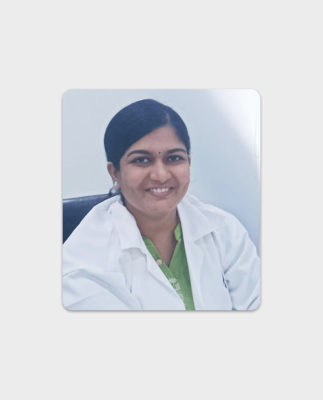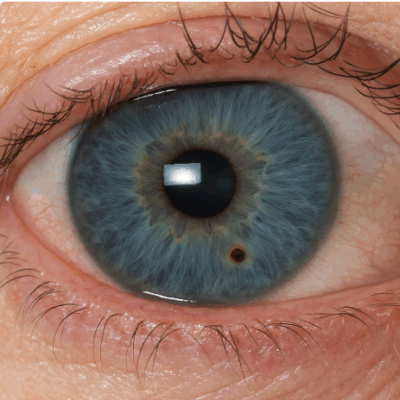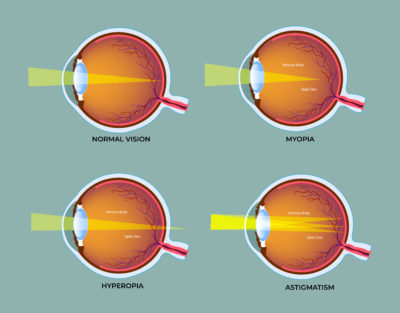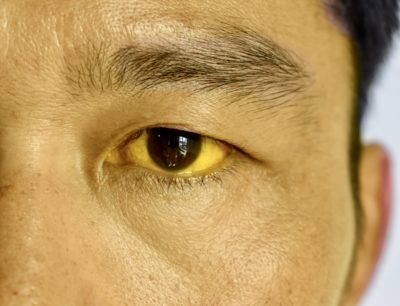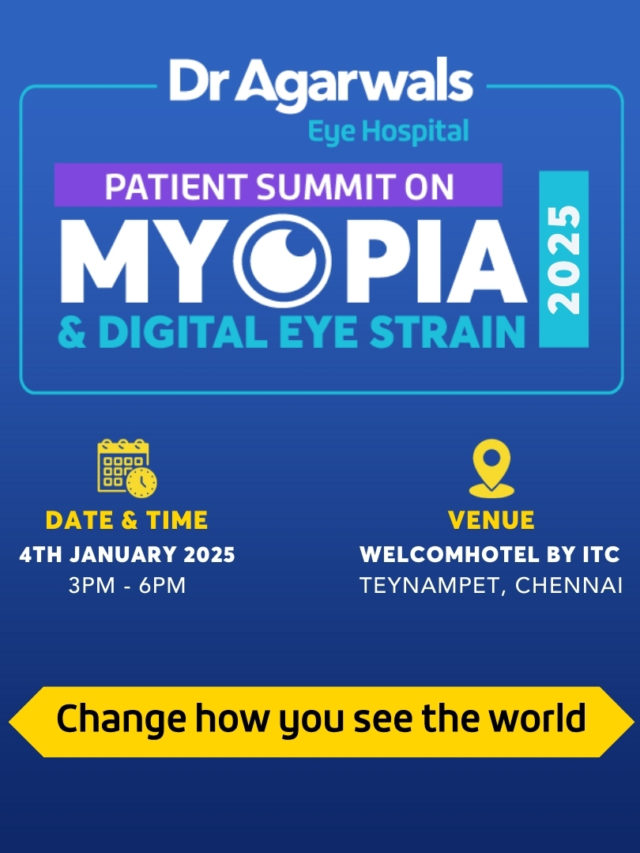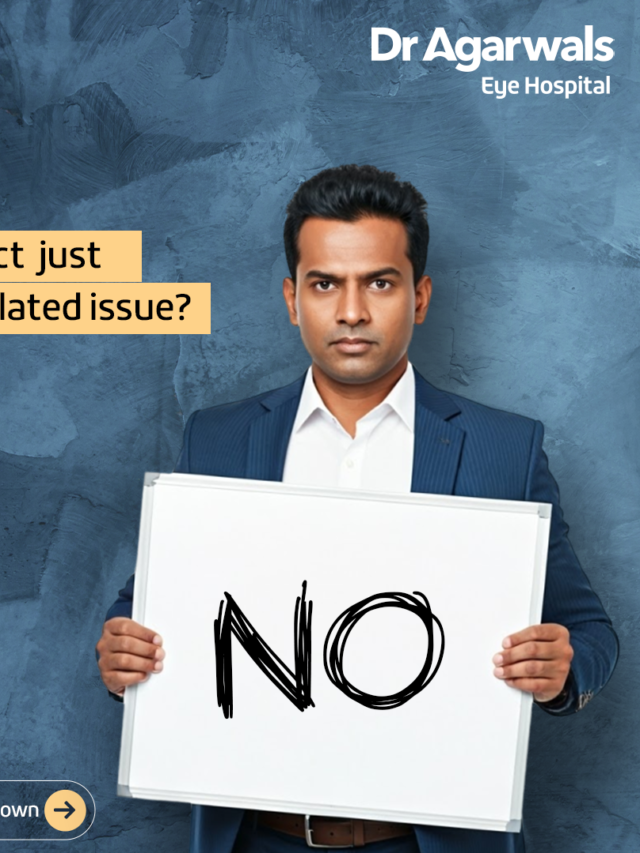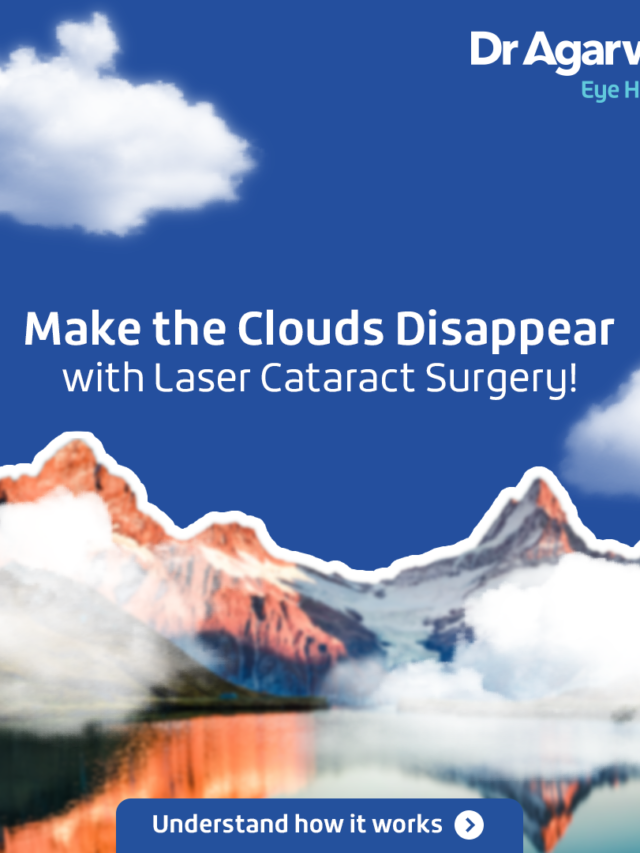Small lumps or bumps on the eyelid can often be confusing and uncomfortable. While both chalazion and stye (also known as hordeolum) look similar, they differ in their causes, symptoms, and treatment.
Understanding the difference between a chalazion and a stye is important for managing them safely and avoiding complications. This guide explains what a chalazion vs a stye means, how to identify each condition, and what treatments are safe and effective.
Introduction: Understanding Eyelid Bumps and Why Differentiating Matters
Both chalazion and stye are common eyelid bumps, but they have different origins. A chalazion usually forms from a blocked oil gland inside the eyelid, while a stye develops from a bacterial infection near the eyelash follicle. Recognising the distinction between eyelid cyst vs stye helps prevent improper treatment, such as squeezing or applying the wrong medication.
Knowing what a chalazion is and what a stye is can help people take timely, safe action. Understanding these eyelid bump differences also reduces the risk of recurrence and long-term eyelid problems.
What Causes Chalazion and Stye?
Causes of a Chalazion: Blocked Oil Glands
A chalazion develops when one of the oil-producing glands in the eyelid (meibomian glands) becomes blocked. This meibomian gland clog prevents normal oil flow, causing a firm, painless lump within the eyelid. Occasionally, a chalazion begins as a stye, but it forms deeper in the tissue and loses the infection component over time.
Common chalazion causes include chronic inflammation (like blepharitis), poor eyelid hygiene, or conditions such as rosacea. This blocked oil gland eyelid issue often resolves on its own, but may persist if the blockage remains.
Causes of a Stye: Bacterial Infection
A stye is a painful eyelid lump caused by a bacterial infection, usually from Staphylococcus aureus. It can occur at the base of an eyelash (external stye) or inside the eyelid (internal stye).
Factors such as poor eyelid hygiene, blepharitis, leaving makeup on overnight, and touching the eyes with unclean hands can contribute to an infected eyelash follicle. A stye, caused by bacteria, may appear as a small red pimple, often tender to the touch, and can fill with pus. Recognising internal vs external stye causes helps ensure proper management and hygiene practices.
Symptoms & Diagnosis: Recognising a Chalazion or Stye
How to Spot a Chalazion
Chalazion symptoms typically include a painless eyelid lump that develops gradually. It appears as a firm bump deeper within the eyelid rather than along the lash line.
A large swollen eyelid bump can sometimes press against the eye, causing mild discomfort or blurry vision. While not infected, it may cause cosmetic concern or interfere with blinking.
Recognising Stye Symptoms
A stye presents differently. Common stye symptoms include a painful, red, tender bump near the lash line, often with a yellow pustule at its centre.
The entire eyelid may appear swollen, and symptoms like tearing, light sensitivity, or crusting along the lashes can occur. Recognising these stye vs chalazion signs helps determine whether it’s an infection or a blocked gland.
When to See an Eye Doctor
If an eye bump won’t go away after a few weeks, becomes very large, or affects your vision, it’s time to see an eye specialist. Persistent or recurring lumps may indicate another underlying condition.
Seek medical advice if you experience severe pain, spreading redness, or swelling around the eye socket. When to see a doctor for chalazion or persistent stye concerns is critical to ensure appropriate treatment.
Risk Factors & Possible Complications
People with blepharitis, acne rosacea, or seborrhoeic dermatitis are more prone to develop eyelid bumps. Chronic inflammation or oily skin increases the chance of gland blockage. Additionally, diabetes and weakened immune systems raise the risk of infection and delayed healing.
Although rare, untreated styes can spread, causing orbital cellulitis, a potentially serious infection. Understanding risk factors for chalazion and skin conditions, and styes helps prevent recurrences and complications.
Safe Home Remedies & Self Care
Warm Compress and Gentle Massage
A warm compress for chalazion or stye helps soften trapped oils and promote drainage. Use a clean, warm cloth on the eyelid for 10-15 minutes, three to five times daily.
After the compress, gently massage the area to help clear the blocked gland. This simple eyelid massage technique can speed up recovery without causing harm.
Hygiene & Lifestyle Tips
Maintaining proper eyelid hygiene is vital. Here are some tips that can help you:
- Clean the eyelids with diluted baby shampoo or specialised wipes to remove oil and debris.
- Always remove makeup before bed and replace old cosmetics regularly.
- Avoid touching or rubbing your eyes and never attempt to pop a stye or chalazion, as it can spread bacteria.
- Refrain from using contact lenses or eye makeup until healing occurs.
Over-the-Counter Care & Pain Relief
For discomfort, use over-the-counter pain relievers and lubricating eye drops to soothe irritation. Never squeeze or pop a lump, even if it looks ready to drain. This can worsen the infection and delay recovery.
Remember: Do not pop a stye or chalazion under any circumstances.
Medical Treatments for Persistent Styes & Chalazia
When home remedies fail, medical care may be necessary. An ophthalmologist might prescribe antibiotics for a stye if the infection persists. When enlarged or inflamed, a steroid shot for chalazion can reduce swelling.
If the lump does not resolve after several weeks, a minor surgical drainage procedure can remove the trapped material. In recurrent or unusual cases, doctors may perform a biopsy to rule out rare conditions like sebaceous gland carcinoma.
Prevention & Eye Care Tips
Prevention involves consistent eyelid hygiene and awareness of underlying conditions. Gently cleanse the eyelids daily, especially if you have blepharitis or rosacea.
Applying warm compresses periodically can keep glands functioning properly. Under medical supervision, manage chronic conditions such as diabetes and seborrhoeic dermatitis to reduce the risk of eyelid bumps and infections.
Conclusion: Recognise & Treat Chalazion and Stye Safely
In summary, the difference between a stye and a chalazion lies in their cause and symptoms:
- A stye is painful and caused by bacterial infection near the lash line.
- A chalazion is painless and results from a clogged oil gland deeper in the eyelid.
Most cases improve with warm compresses, eyelid hygiene, and patience. Avoid self-treatment and squeezing, and seek professional help if symptoms persist. Following these healthy eyelid practices helps ensure a safe recovery and reduces the risk of recurrence.
